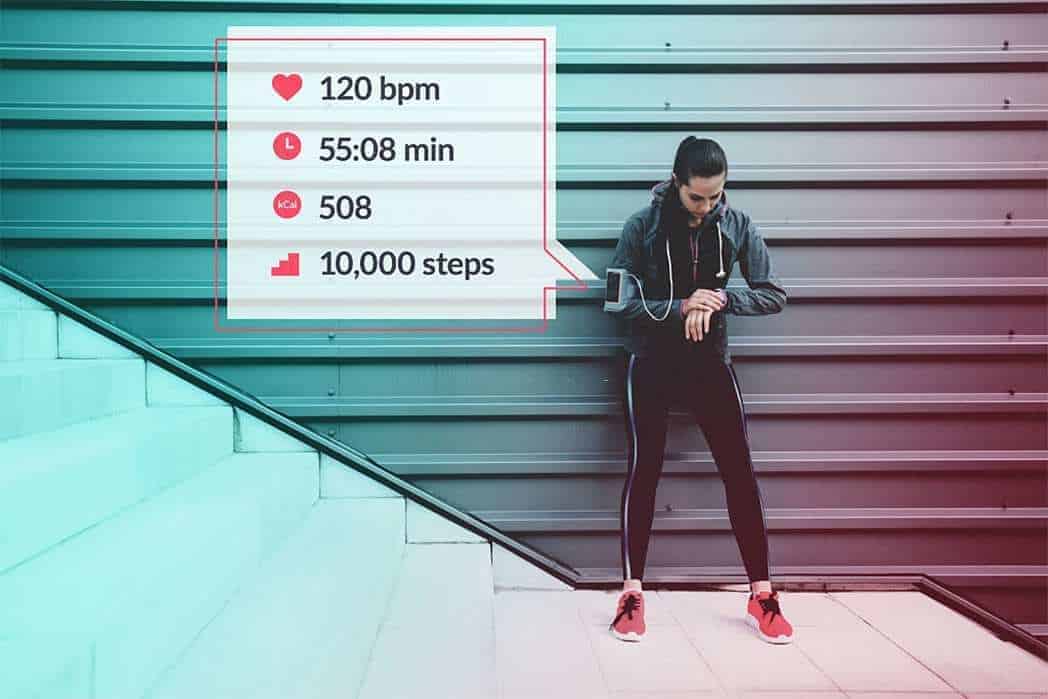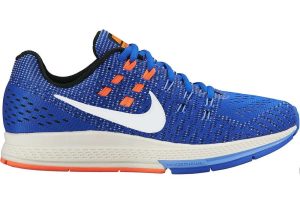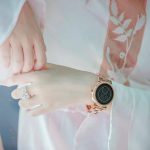GPS watches are not just an item that runners enjoy! Each person often has different preferences for watches, just like clothes or shoes. But GPS running watches are getting richer, making it more challenging to choose.
And to find out what you need, we will start by looking at the mistakes made when choosing a running watch and which watch will suit you best.
1. Buy a Jogging Watch too Many Features Compared to the Demand
Admittedly, those who use running sports watches are also excited by the watches with new designs, accessories, and features, launched every year. But finally, consider what you need with running watches.

Additional sports metrics: Garmin Fenix 6 is one of the best running watches and has features like tracking activities like skiing, snowboarding, helping measure speed, distance, and drop. Vertical and a timer running automatically. At the same time, the golf mode lets you know the range before, after, between the course of any terrain that has been downloaded.
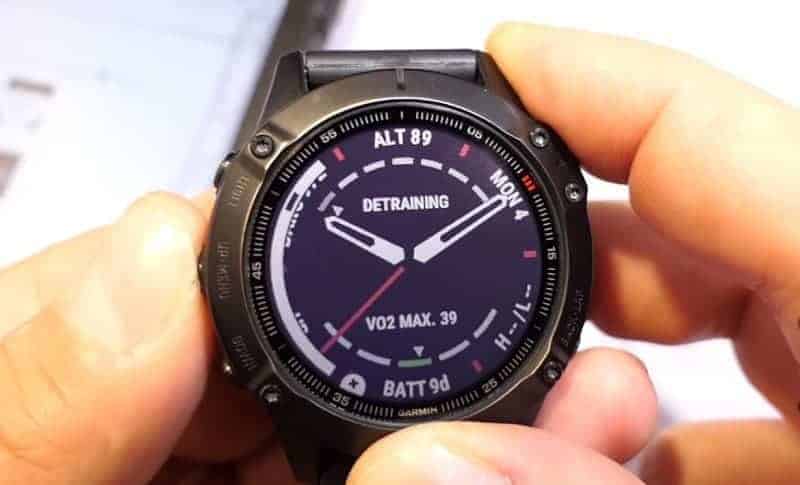
Barometer and altimeter: Do you spend a lot of time on trails, hiking, jogging, or cycling? Do you get lost and need to know your location? If so, then Suunto 9 is worth the money to understand your specific situation based on GPS.
It will tell you the air pressure, give a storm warning, and measure the temperature. It allows you to navigate to a specific location without worrying about wifi on the phone.
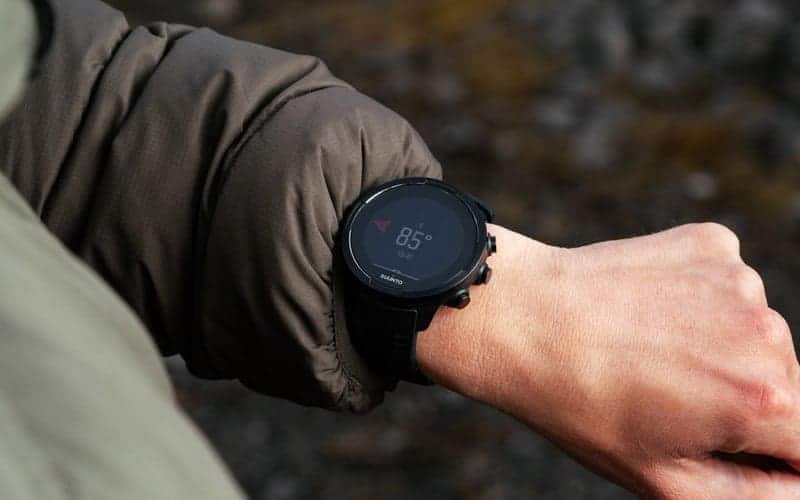
Keep track of sleep, food, and life: Existing jogging watches can do just that. Although the daily step count feature is useful, whether you like to sleep and still wear a watch.
Do you need to let your phone interfere more with your life through a device on your wrist? Worth discussing.
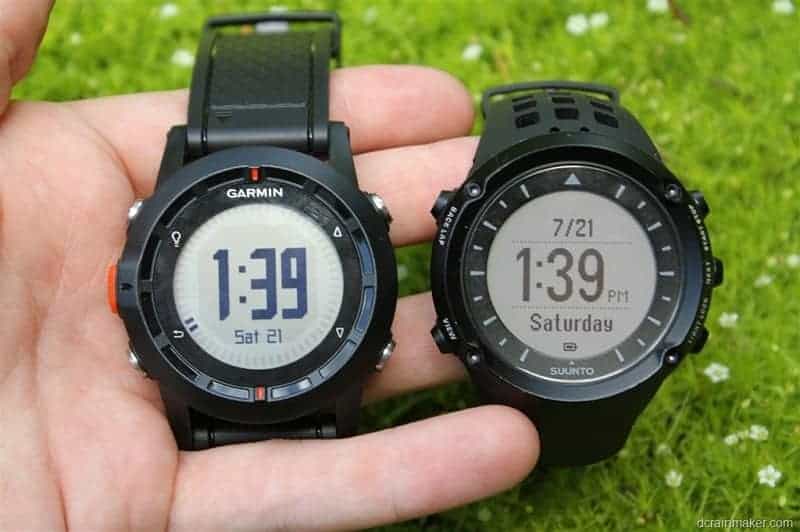
Everything is fine, but maybe a little too good for us all. If you want to practice interval jogging, then the Garmin Forerunner 45 and Polar Ignite watches are quite well rated, and they allow you to customize each interval to make an alarm, making it easy to realize you’re practicing.
2. Regardless of the Heart rate Measurement Feature on the Watch
Practicing your heart rate can provide a wealth of information to increase your running efficiency. A new world opened up thanks to the heart rate technology of a running watch’s wrist. And we also get a lot of questions about the accuracy of the wrist heart rate function, which must be said to be relative. Naturally, when it is cold, there will be problems because blood pressure changes, as well as skin temperature, make reading heart rate more challenging.
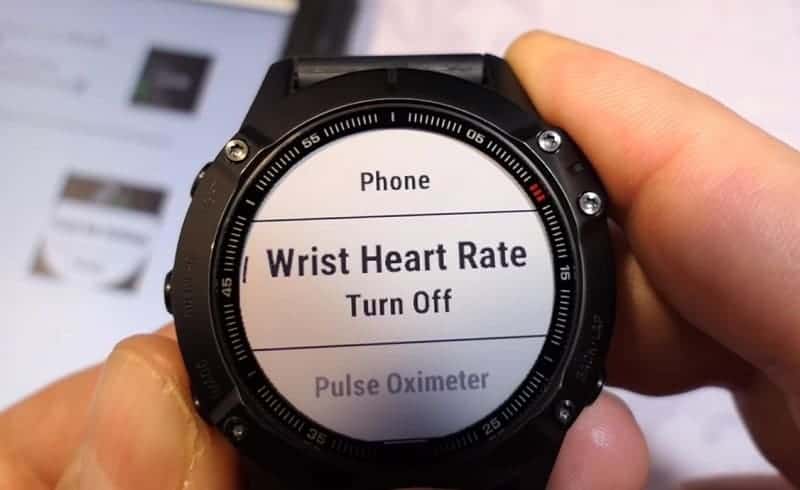
Why Heart Rate?
- Lets you evaluate the intensity
- Lets you assess the progress of your workout – over time, you’ll find your heart rate slowing even when your running speed is constant.
- Lets you know if you’re overtraining (The heart rate when jogging is higher than normal, or the heart rate doesn’t change)
- Lets you do exercises like workouts with low heart rates for a better cardio training platform
3. Impatience With the Signal
We all panicked when we finished running and saw the clock showing the distance that had run entirely different from the range on the map. Often one can blame this on high-rise buildings, or because running under bridges or similar places causes the signal to be interrupted.
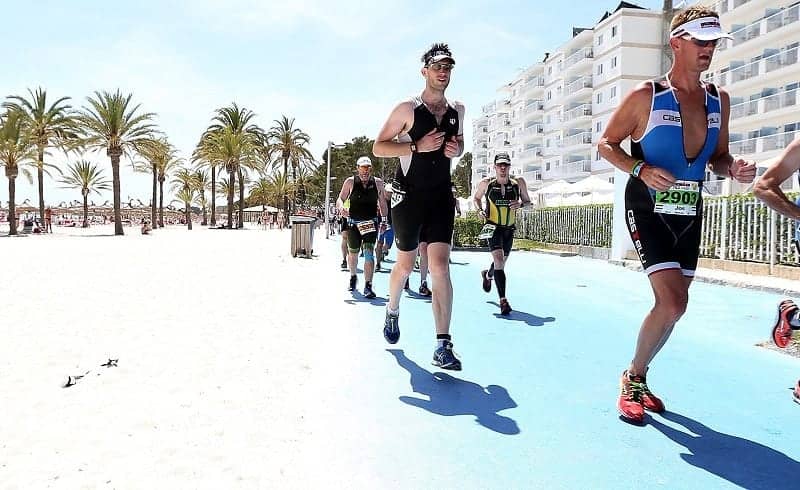
Some famous running watches are capable of tracking and transmitting the right GPS signals. Garmin is renowned for its wide range of GPS products. Suunto has additional tools such as an altimeter, which increases accuracy.
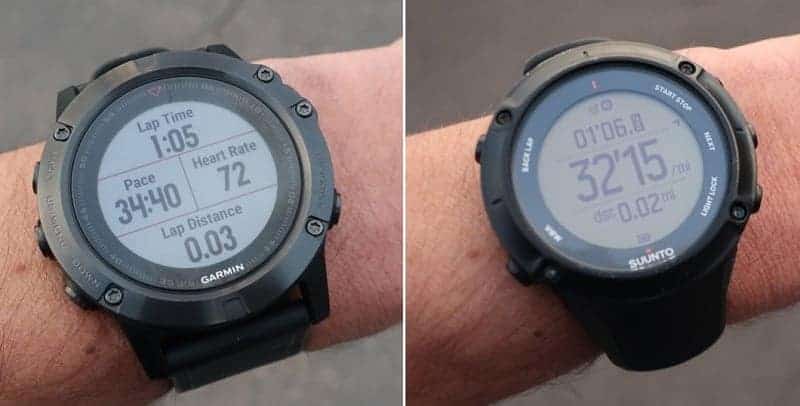
All of these running GPS watches will usually be more accurate than your phone due to their technology. When you’re impatiently waiting for a signal connection, your feet don’t stand still, and you’re flapping your hands in the air, your watch is trying to lock the signal with at least three of the 24 satellites orbiting the earth.
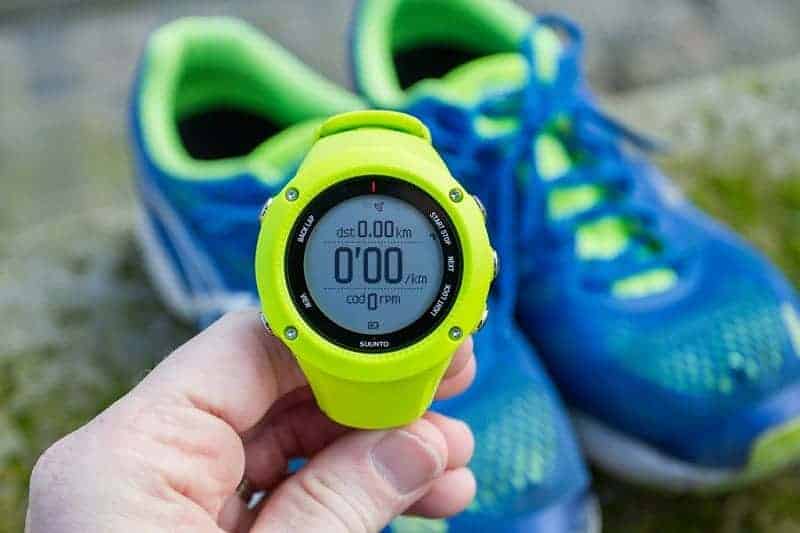
You Can Improve the Accuracy by:
- Make sure you have updated the watch’s software
- Give the clock precisely one minute to complete the connection. The more satellites it connects to, the stronger your signal will be when running under significant obstacles.
- Save location from speeding up GPS positioning (If your watch can do it)
- Look for a watch that can connect with GLONASS to improve accuracy, but it can lead to reduced battery life.
- Download your data – many online tools will “clean” the watch data to improve accuracy.
4. Change Application
Each watch usually comes with its app to upload your data, which is great unless you’re using another app before or regularly changing your watch.
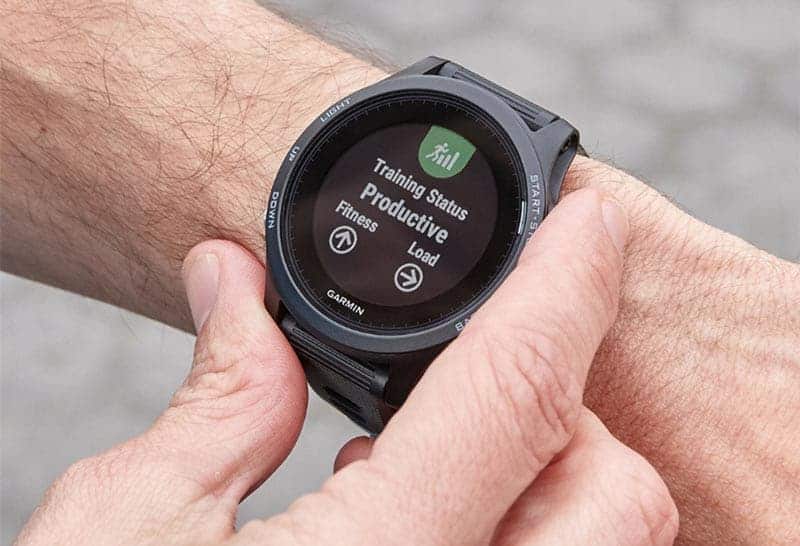
While this sounds trivial, believe that, after years of running, you’ll wish all your data is in one place. It’s possible to see your data year by year or to compare exercise cycles when looking at their effectiveness or to identify where injuries often occur.
When all the data is gathered in one place, you can increase the effectiveness of training to recover from injuries and identify potentials.
5. Speed
While your running watch provides ample data and ensures you don’t run over 20 miles, they can also cause you to lose your ability to recognize speed. They can cause you to lose awareness and feel of moderate or vigorous effort.
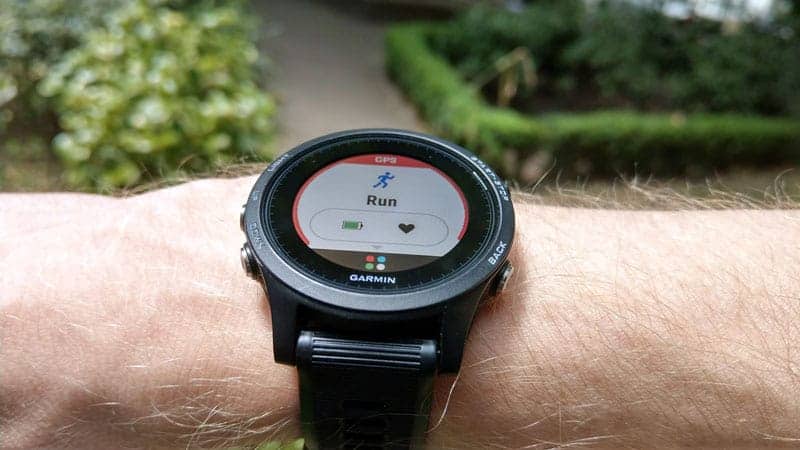
Make it a habit to charge the watch in the same position as the phone charger, so you will often plug in the charger more often and ensure that it still has enough battery for the next session. Nothing spoils the inspiration of a good running workout than the lack of the tools needed to evaluate it!
Of course, you can run without a watch, but when each run is directed to a specific goal, a GPS running watch will help in this case.

